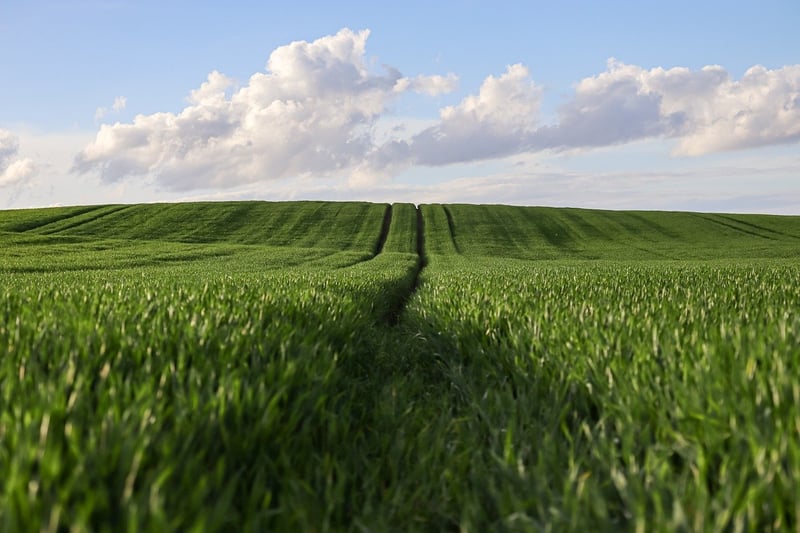Pruning Techniques
#gardening tips
#plant care
#green thumb
Keeping Your Plants Healthy: Essential Pruning Techniques
Welcome to our guide on plant pruning techniques! Pruning is a crucial aspect of plant care that helps maintain their health, shape, and productivity. Whether you're a seasoned gardener or just starting, mastering the art of pruning will benefit your plants and garden in the long run.
Why Pruning is Important
Pruning serves several essential purposes, including:
- Promoting plant growth and vigor
- Removing dead or diseased branches
- Shaping the plant for aesthetic purposes
- Increasing flower and fruit production
- Preventing overcrowding and improving air circulation
Basic Pruning Techniques
Here are some fundamental pruning techniques to keep your plants healthy:
- Remove Dead or Diseased Branches: Cut back any dead, damaged, or diseased branches to prevent the spread of infection and promote new growth.
- Thinning: Thin out overcrowded branches to allow more light and air to reach the plant's interior, reducing the risk of diseases.
- Heading: Heading cuts involve trimming the tips of branches to encourage bushier growth and control the plant's shape.
- Pinching: Pinching involves using your fingers to remove the tips of young plant shoots, promoting branching and compact growth.
- Deadheading: Remove spent flowers to encourage the plant to produce more blooms and divert energy into new growth.
Tools for Pruning
Having the right tools is essential for effective pruning. Some common tools include:
- Pruning shears
- Loppers
- Pruning saw
- Hedge shears
- Gloves for protection
Best Practices
When pruning your plants, remember these best practices:
- Use sharp, clean tools to make precise cuts and reduce the risk of infection.
- Prune during the plant's dormant season for most species, typically late winter or early spring.
- Consider the plant's growth habits and prune accordingly to encourage healthy development.
- Step back regularly to assess the plant's overall shape and make strategic cuts.
- Research specific pruning requirements for different plant species to ensure you're pruning correctly.
By following these pruning techniques and best practices, you can keep your plants healthy, vibrant, and flourishing throughout the year. Happy pruning!

